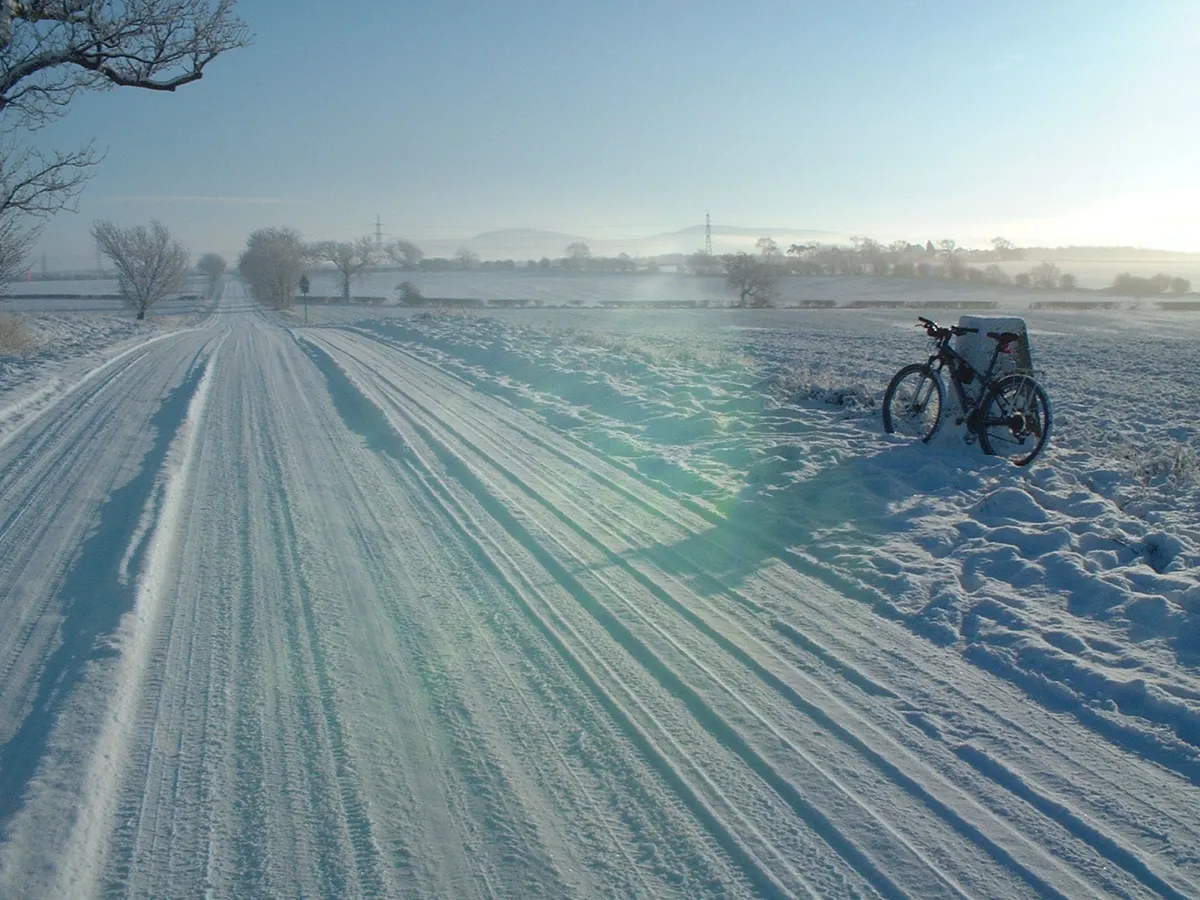At this time of year, when the clocks change and the nights start to draw in, we’re often faced with darkness in the evening and early hours of the morning which can put many people off cycling. But this is no reason to call it a day and lock away your bike.
Cycling through the winter is a great way to keep active and there is something particularly enjoyable about beating the rush hour traffic in the darkness or fighting the urge to sit on the sofa and get outdoors. Plus, with a little preparation cycling during the winter months can be both safe and incredibly rewarding.
Chris Bennett Head of Behaviour Change at cycling charity Sustrans shares his top tips on how to continue riding on two wheels over winter.
1
Be visible
Being seen by other road users is of upmost importance when riding in the evening and early hours of the morning and good quality bike lights should take precedence over any other piece of cycling equipment. Having one front white light and a rear red, plus reflectors is the legal minimum requirement in the UK. I’d also advise carrying a back-up set and spare of batteries so you don’t find yourself caught out when riding in the dark.
2
Prepare for all weather conditions
We all know how unpredictable the British weather is. It can be sunny one minute and torrential downpour the next. Make sure you check the weather before you set off and put on waterproofs and warm layers while you’re still at home or at the office. This may seem like another thing to add to the list before setting off but you won’t regret it when out on the road.

3
Dress appropriately
A jacket and a pair of gloves should be numbers one and two on your checklist. Your jacket needs to be water and windproof but also breathable and not too thick. You’ll be surprised how quickly you can overheat while cycling, even on the coldest days, so choose your clothing wisely. It’s also worth thinking about wearing something bright or reflective to help others see you. And, if it’s really chilly, stick on a warm hat, a buff or a knitted headband - covering your ears will make a big difference to your overall comfort.
4
Switch up your journey
Try altering your journey as the seasons change as quiet roads that are nice to ride on in fair weather can be more prone to freezing, particularly early in the morning, and cycling around bends can be very difficult if it’s icy. In the winter, main roads are more likely to be cleared by cars and treated with salt, so if snow and ice are widespread, consider sticking to these rather than following your usual route.
5
Brake gently
If you need to slow down, gently apply the back brake only. Or better yet, if you find yourself on ice, completely avoid braking altogether, stay relaxed and try to pedal smoothly. Give yourself more time to slow down and remember it's going to take other people longer to come to a halt too.
6
Stay alert
Dawn and dusk are among the most dangerous times to be out and about, so I’d advise turning on your lights even if it’s not fully dark. This is because motorists’ eyes may not have adjusted to the light and you’ll probably be less visible to traffic than you think. It’s also important to go slower than you would in the daytime and keep your eyes open for unexpected obstacles, bumps in the road and movement by others on the road or path. It works both ways however and drivers should also be aware that there may be cyclists on the road. In each case, it’s important to take care and ensure you’re being respectful.
7
Swap out your tyres
A good set of tyres will go a long way to prevent unnecessary skidding and will also lessen the likelihood of you having to fix a puncture in the sleet and rain. Try swapping out thin tyres for wider or knobbly ones and when conditions are really icy you could even try studded tyres for extra grip.
8
Buddy up
There is strength in numbers when cycling and this is especially true in darker conditions. Plus having a partner or group to cycle with can provide that little extra motivation you may need to get out on your bike.
9
Show your bike some TLC
Water, grit and road salt may settle on the moving components of your bike and can start to wear and damage them over time. To avoid this, give it a general rinse and wipe-down after each ride, paying attention to the chain, gears, brakes and wheel rims. It’s also worth taking it in for a service every now and then to prevent any nasty surprises.
